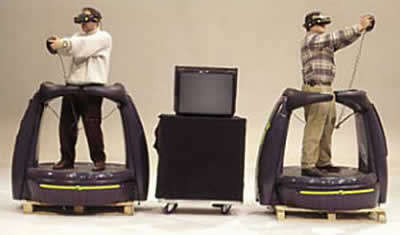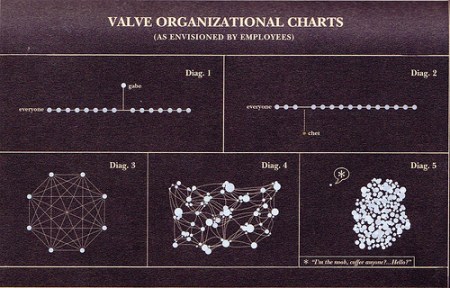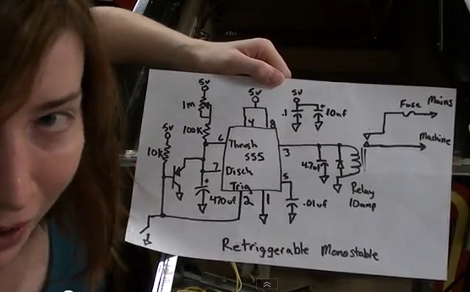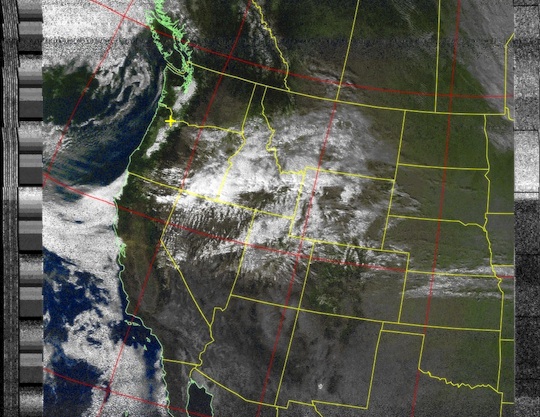[youtube=http://www.youtube.com/watch?v=39xX4xi0Uh8&w=470]
It may be a week after the fact, but former Hackaday alum and inventor of the Bus Pirate [Ian Lesnet] made a great guide to the Bay Area Maker Faire.
The San Francisco-area Maker Faire attracts 100,000 makers, tinkerers, hackers, and general geeks to a bazaar of DIY and generally cool stuff. All the regulars were there, including [Jeri Ellsworth] and her Commodore 64 bass keytar along with a huge assortment of cosplayers including a steampunk Boba Fett and a couple space marines. Outside the building there was a 40-foot steamship and the amazing DeLorean hovercraft of [Matthew Riese].
During his interviews with fellow makers, [Ian]’s most received advice is, “take it slow.” There are thousands of builders in the bay area during Maker Faire, and it’s very easy to get very overwhelmed.
In case you’re wondering, [Ian] also picked up a ton of awesome schwag from all the vendors at the Maker Faire. Radio Shack had a box filled with random components,and [Kenneth] from Texas Instruments gave [Ian] a TI Launchpad, a capacitive test booster pack, and the king of all freebies, a Chronos watch.
After the break you can check out a few of the video project interviews [Ian] put up. Very awesome work from literally thousands of makers.
Continue reading “[Ian Lesnet]’s Guide To The Bay Area Maker Faire” →

















